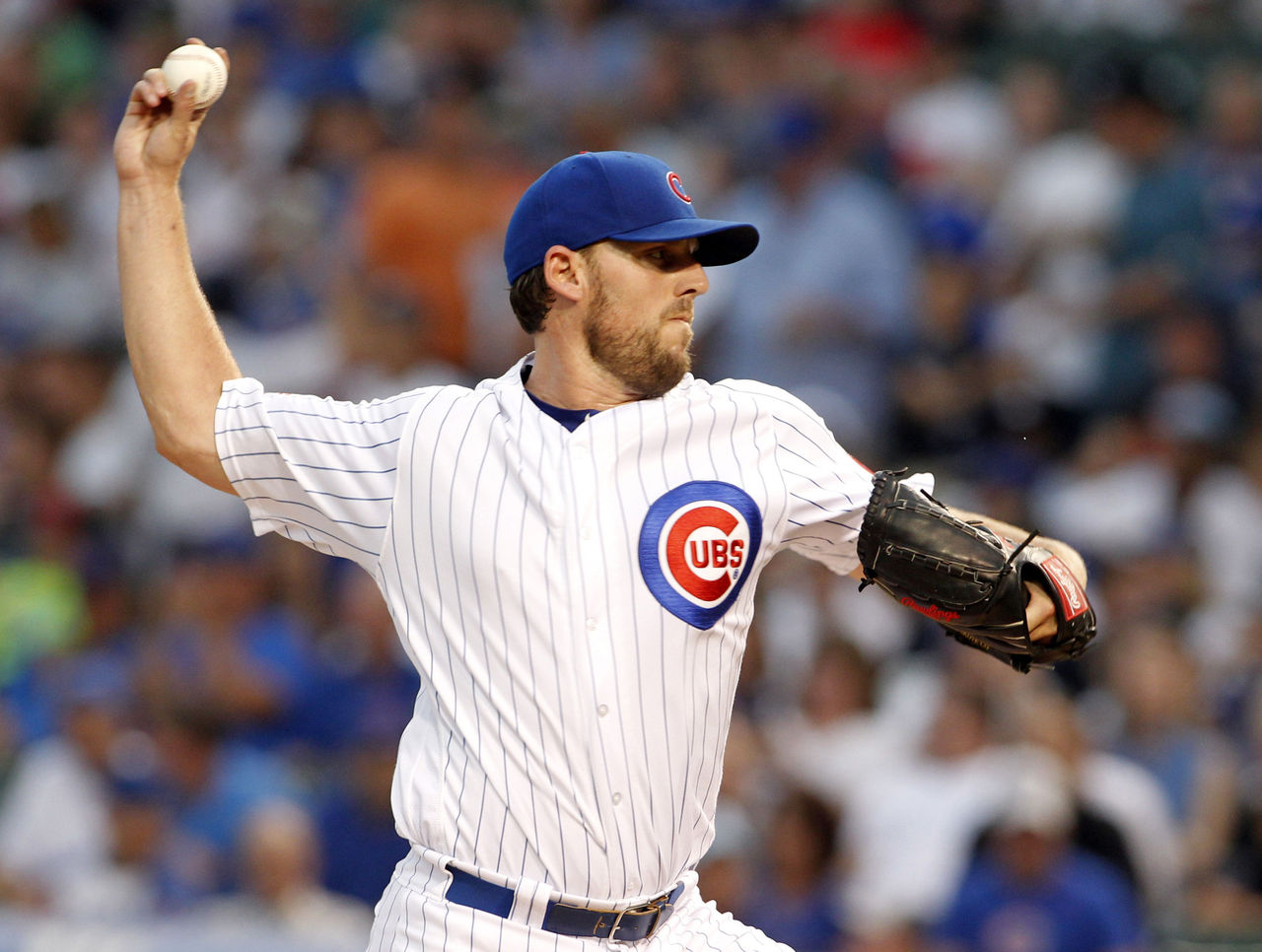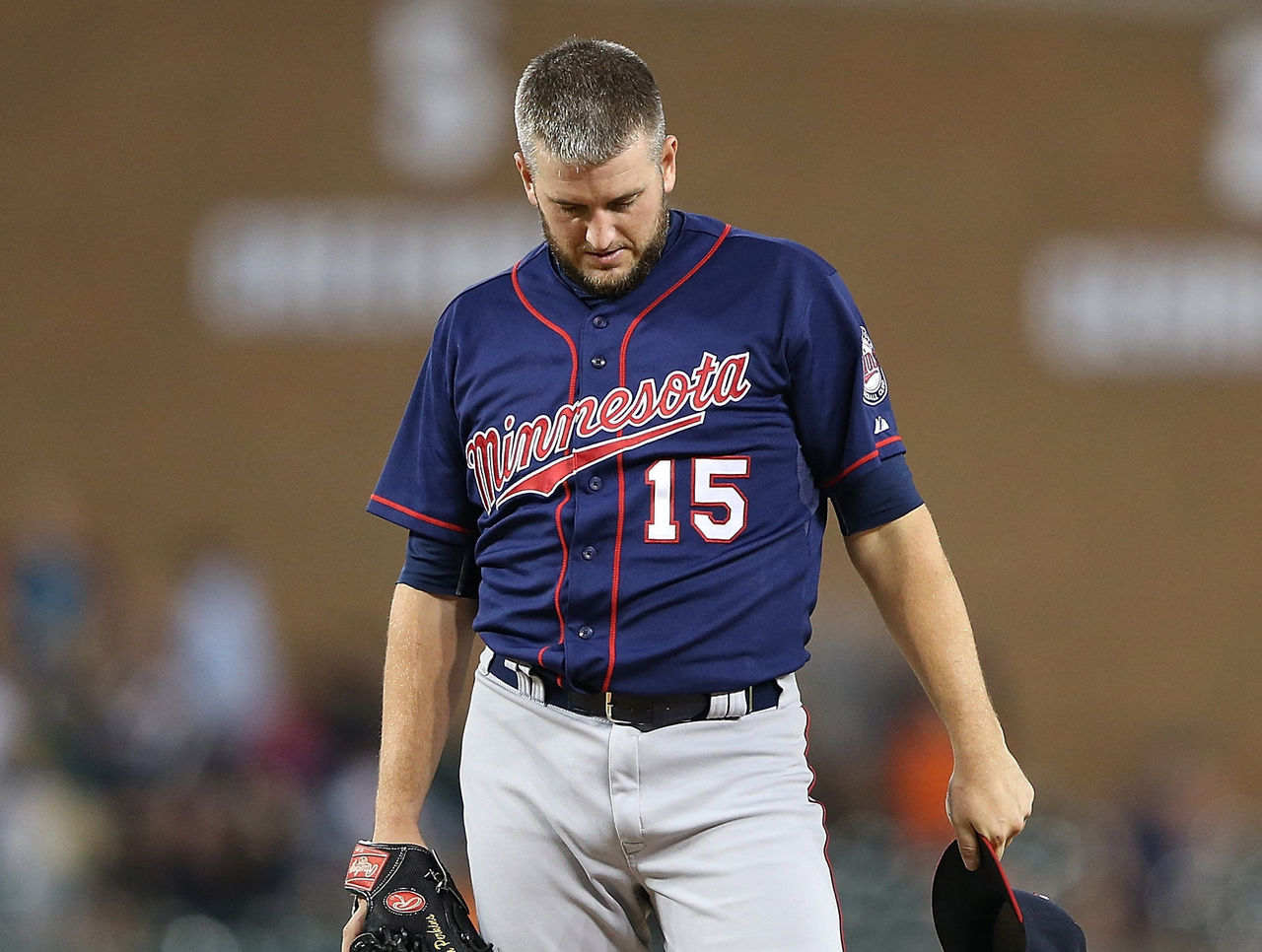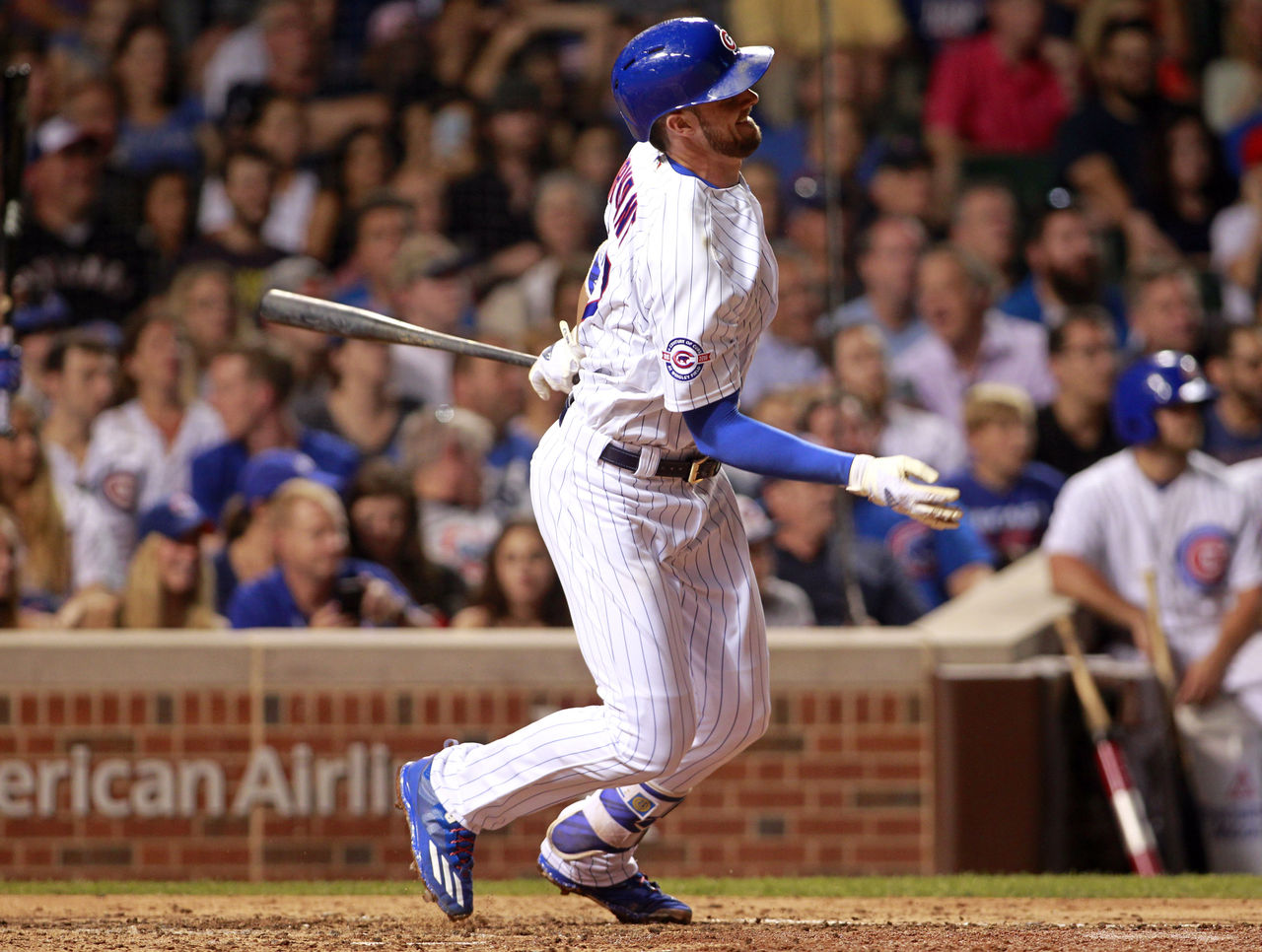Meet Rob Silver, the reigning king of fantasy baseball
Imagine winning six figures playing fantasy baseball. Seems implausible, no?
Rob Silver doesn't have to imagine. The veteran high-stakes fantasy baseball player took down the biggest contest in the industry last year, winning the National Fantasy Baseball Championship's Main Event. The 40-year-old Silver easily beat out runner-up Mike Mager to secure the $125,000 top prize and the title that is the envy of high-stakes players from around North America.
It wasn't the first time Silver found himself in the hunt for fantasy baseball's top prize - he placed 12th in the 2014 main event, 46th in 2012 and 90th in 2011 - but that didn't mean it was a smooth ride for the owner of the BABIP McBatflips franchise. Here's a look at Silver's draft philosophy, his roster weaknesses, how he celebrated his title and his advice for new NFBC players:
On how to prepare for an NFBC contest: "One of the big mistakes beginner players make is confusing the NFBC with a large daily fantasy tournament. In DFS, you need massive variance to win. In NFBC, you want stability, especially in the early rounds, and you can take risks later.
"There's no one way to win an NFBC. Anyone who says, 'I have the answer, just send me $69.99 and I'll share my secret sauce' is full of crap."

On which categories to focus on: "WHIP (walks + hits/innings pitched) is the most underrated category in 5x5. Who led the league in WHIP last year? Everyone knows who led in strikeouts, or wins ... no one talks about guys like John Lackey, who has posted excellent WHIPs, or Marco Estrada.
(Note: Rob's final WHIP total of 1.102 was the second-best tally in the history of the NFBC's Main Event.)
On how to handle batting average: "The challenge with batting average ... listen, if you're weak in stolen bases, you know how to get them. It might cost you points in other areas, but I know who to get. Home runs emerge. But with batting average, there aren't a lot of guys who emerge with .300 averages. After you leave the draft, the die has been cast, so to speak.
"You need to build a structurally sound team to win. Don't overpay for batting average ... you don't want an empty .300 ... but drafting players with good batting averages gave me a lot of flexibility. You don't want to overdo it, but it's great to find."

On his draft weaknesses: "After the draft, you're having a beer and thinking 'this lineup is a piece of beauty.' But then you get to thinking ... and I had two glaring weaknesses. First, I had Mark Melancon as my first closer, and Glen Perkins (who missed most of of the season) as my second. You need 90 saves to be competitive, which means I needed to find 50 saves - which I did.
"I had also drafted Byron Buxton for steals. I had drafted Gregory Polanco for steals. It was my weakest category by far, and I still finished near the middle of the pack (172nd out of 450 teams). If you have no speed, you have to fix it - but (steals and saves) are the two easiest categories to fix."

On his closest call: "By Aug. 1st, I was in first place, and I didn't leave there after the middle of August. But there were some real sweats after (fourth-place finisher) Ray Murphy had closed the gap to essentially nothing. I remember one night, he had Roberto Osuna in for a save that would have put him into the lead and knocked me out of first. I had Leonys Martin on the other side.
"Martin homered off Osuna, who blew the save. The runs he gave up knocked Murphy back, while the Martin home run helped me. And that was as close as anyone got the rest of the way."
On how he celebrated the final day of the season: "I locked myself in a room upstairs with some scotch. It was a pretty sweet feeling ... the season is such a grind. You are so exhausted from it all. And the longer you're in it, the more exhausted you feel. You can't imagine just how stressful it is."

On what makes him an elite fantasy player: "I don't think I'm any smarter. There's certainly no secret website. I do a lot of work in January and February ... not only coming up with projections, but breaking down what Kris Bryant will do in 600 plate appearances vs. 500 plate appearances, looking at the 90th percentile outcome, the 50th percentile outcome and so on.
"There's no crystal ball. I just do enough preparation that I can get an extra two percent, four percent ... that work gives me tiny little edges. But who knows what 2017 will hold?"
On advice for 2017 NFBC players: "Don't go into your draft without a strong sense of how you want to build your pitching staff. Hitters are far more fungible, especially this year. You need to know how you're going to build your staff. You can't just sit back and see how the draft board plays out. With hitters, you can go with the flow and still come out okay."